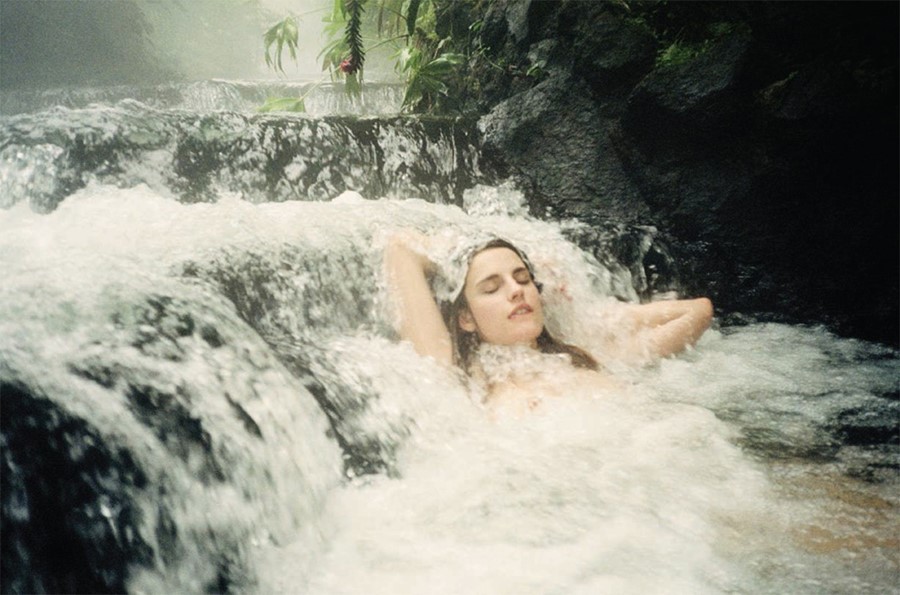We speak to the curators behind a compelling new exhibit celebrating and scrutinising representations of women, by women
Throughout the history of visual art, representations of women have been skewed for the viewing pleasure of men. “We can begin to make a break by examining patriarchy with the tools it provides,” wrote British feminist film theorist Laura Mulvey in her 1975 essay, Visual Pleasure and Narrative Cinema, in which she introduced the idea of “the male gaze” to describe mainstream representations of women, created by and for heteronormative cis men.
Images of women still hold a central place in contemporary digital culture today, and discussion about the subjective female experience is still rooted in the body – and in objectification. Nowadays, however, women are not only image-objects, but prolific image-makers, too. “When I started there were almost no female photographers,” artist, curator, and director of Untitled Space New York, Indira Cesarine says. “I was determined to make an impact with my work, presenting a female voice against the masses of male domination in the photo industry.” True to her word, Cesarine has curated an exhibition of 20 female artists preoccupied with the female nude in different visual media, from painting and video to sculpture and photography, alongside fellow artist Coco Dolle. The gallery follows in the footsteps of NYC’s historic A.I.R. gallery, dedicating its programme to feminist art.
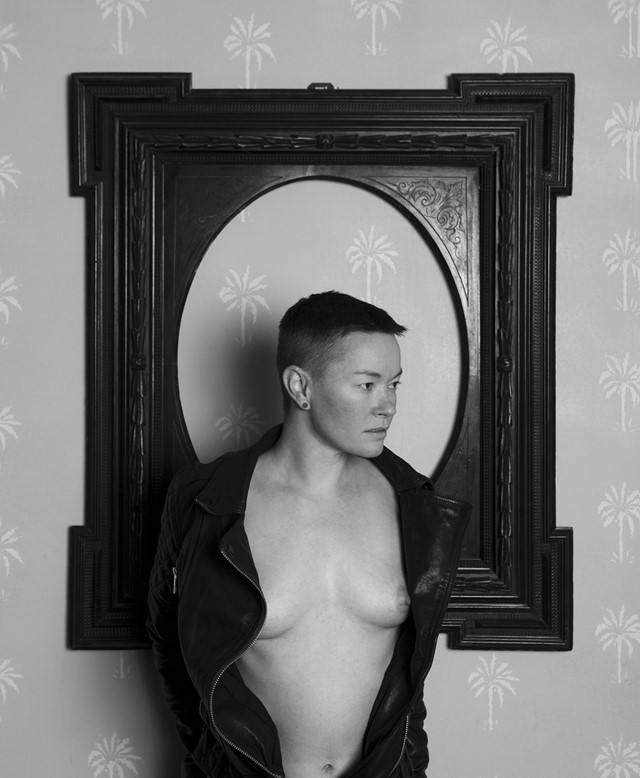
The show, entitled In the Raw: The Female Gaze on the Nude, features women working with the female nude with very different political and aesthetic positions, but all involved are united by their female experience. “We intentionally chose works from a variety of genres, practices and personalities,” Dolle explains. “I believe that bridging feminist communities is an essential component in the process of exploring the body via the female gaze. We need all voices together, although we are limited by the geography of the gallery space.”
“Through this exhibit I hope to share the female perspective and its own unique power,” Cesarine adds. “These female artists share their personal experiences and views not just on the nude, but on humanity through their work.” All-female art shows have become a trend across museums and blue-chip in the last year, particularly in the US, with a women-led programme at the New Museum and Hauser, Wirth & Schimmel’s exclusively women sculptor exhibit to name a few. “I think that addressing the way the nude is depicted in art by female artists brings to light some important issues that are very current,” she continues. “I’m inspired by the idea of creating more balance in how women perceive themselves. Women are so used to seeing themselves via the eyes of men, due to the fact that men have dominated the visual spectrum of the arts and media for so long. When you look at the history of art, television, advertising, and media in general – the image of women has always been how men wanted them to look, versus how women do look and feel. It is important to present the alternative.” Below, the curatorial duo discuss the exhibit and its influences in greater detail.
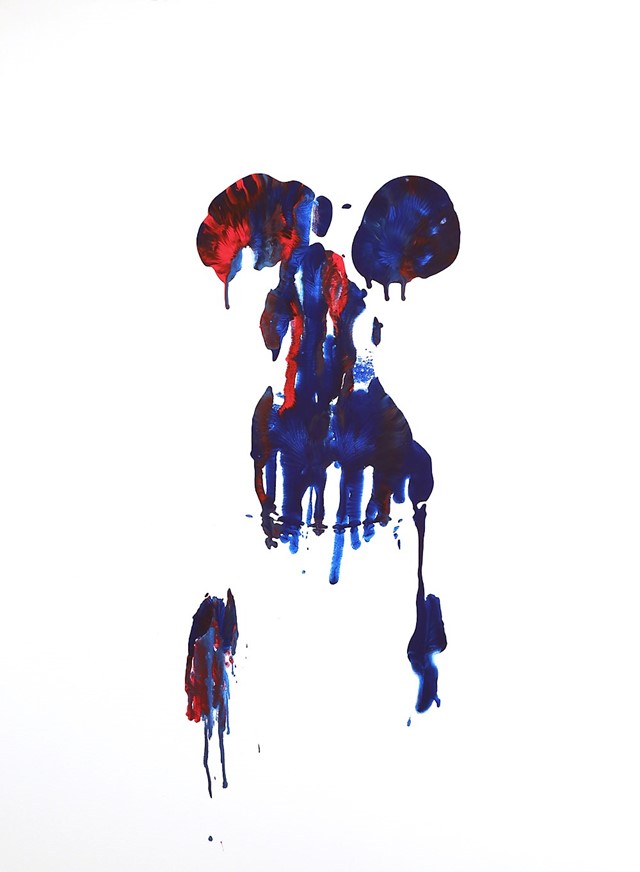
On women in the art world…
India Cesarine: “I think that there has definitely been a shift, and women are starting to be more recognised in the art world, but are they fairly represented in the art world? No. Statistically only 5% of work shown in galleries and museums today is by female artists, while women represent 51% of today’s visual artists. I don’t think that anyone could say that is being ‘fairly represented’. Through my own personal experiences as an artist and photographer, I have seen first-hand how limited the access female artists often have for exposure is. Recent reports from some of the big art fairs, including the Armory Show, among others, have indicated strong sales of works by female artists at the fairs, and I do think there is a lot more acknowledgement out there in the art community at large that women deserve a bigger piece of the pie than what they have been getting historically.
There is a lot of attention right now on this subject, and galleries and institutions are finally not only acknowledging the situation but actively curating in more women than ever before. It will take a long time for there to be any sort of real balance. Male artists have dominated the history of art for thousands of years, and, until very recently, there has just been such a small ratio of female artists to male artists. Women weren’t acknowledged really in the arts, except in the last few decades. The collective of our history is by male artists. I think when it comes to contemporary art, we are slowly seeing a shift for more inclusion, and feminist art activists such as the Guerrilla Girls are to be thanked for shedding light on the massive gender imbalances in the art world.”
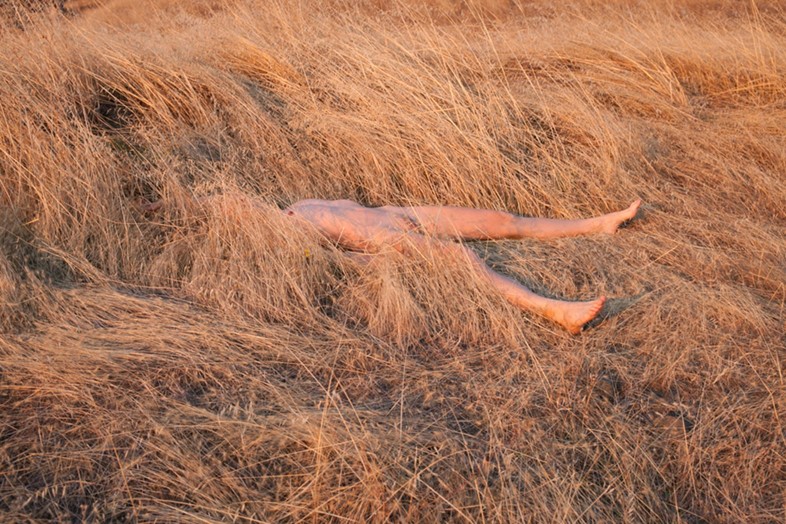
On why now presents an important moment for women artists…
IC: “In the last several years we have seen an explosion of activity by young female artists addressing this topic, and I think that a lot of this is due to the increased visibility of female artists who are using the Internet to promote their work online and via social media. Ten years ago this just didn’t exist on the same level. Social media has had such an incredible impact, and gives artists the ability to expose their work online to a massive community, and to gain an overnight following. Instagram and Tumblr only launched five, six years ago, and the amount of young artists who have become discovered through platforms like this is incredible. I think the censorship of some of these platforms has also amplified the situation, and female artists are fighting harder than ever to gain exposure for their work, with websites, blogs and videos. There have always been a lot of female artists out there working on this subject, but they weren’t getting the exposure that you can get now through these online outlets. It has allowed a community to grow and flourish and along with it, a following of collectors and art critics who have an active interest in the subject. I also think the impact of fourth wave feminism is very strong in New York, and these women are connecting and exploring their work more than ever as artists.”
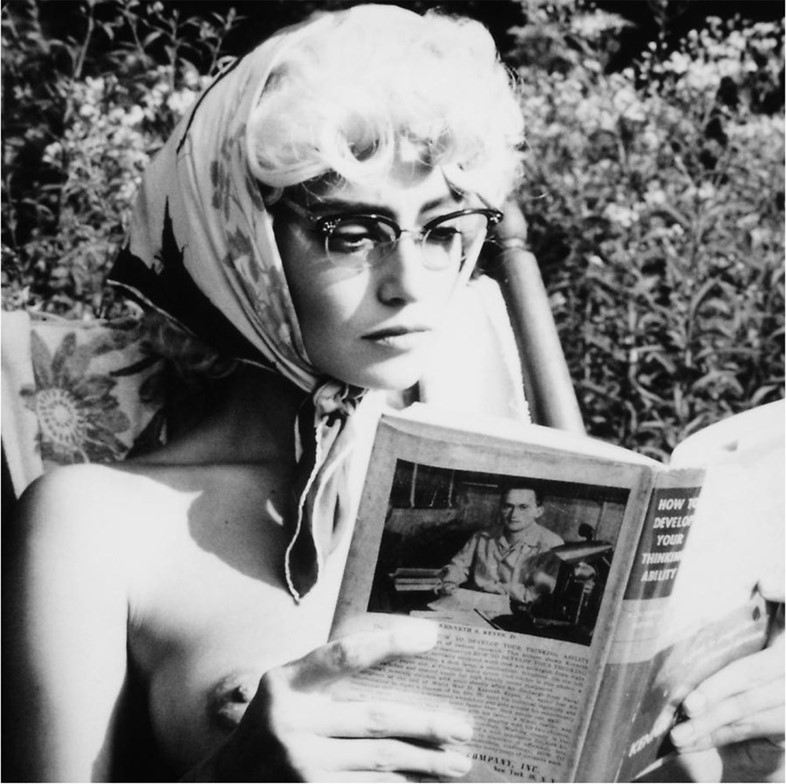
On the way women depict women in art…
IC: “When you look at the work of the artists in In The Raw: The Female Gaze on the Nude, it is clear their work is coming from a very different place than when you see nudes of women by male artists. A woman’s point of view is drawn from personal experience. Each artist in the exhibit has a different point of view on the subject, but what is apparent when viewing the collective of work is that these female artists address topics that often have been considered taboo. Challenging notions of beauty and body image inspires their visual narratives. They explore female rites of passage and sexual desires. They are challenging the status quo with their work, which fearlessly embraces imagery that is empowering for women, and sheds light on the reality of being a woman today. There is a personal and intimate emotion in the work that is brought out through her own understanding of being a woman herself. The ‘male gaze’ on the nude generally presents women as an ‘object of desire’ for the pleasure of a male viewer. Women as artists today often bring a very different frame of reference on the subject. Feminist artists in particular have a very different voice. The nudes become an examination of what being a woman means to them, channeled through their own personal experiences and perceptions, rather than that of the opposite sex.
What is interesting about the ‘female gaze’, in my opinion, is that while the creator must be a woman, it does not necessarily relate or appeal only to a female audience. The work women create appeals to humanity in general, speaking not just specifically about women or women’s issues, but the human condition at large. I don’t necessarily think that all female artists have a feminist perspective on the nude. Many women only see themselves the way men perceive women, as that narrative has dominated our visual landscape for so long. There are female artists who have a ‘male gaze’, so to speak, on women. And then you have the women who are challenging that notion with work that is more deeply personal or introspective, which is what we tried to present in the exhibit.”
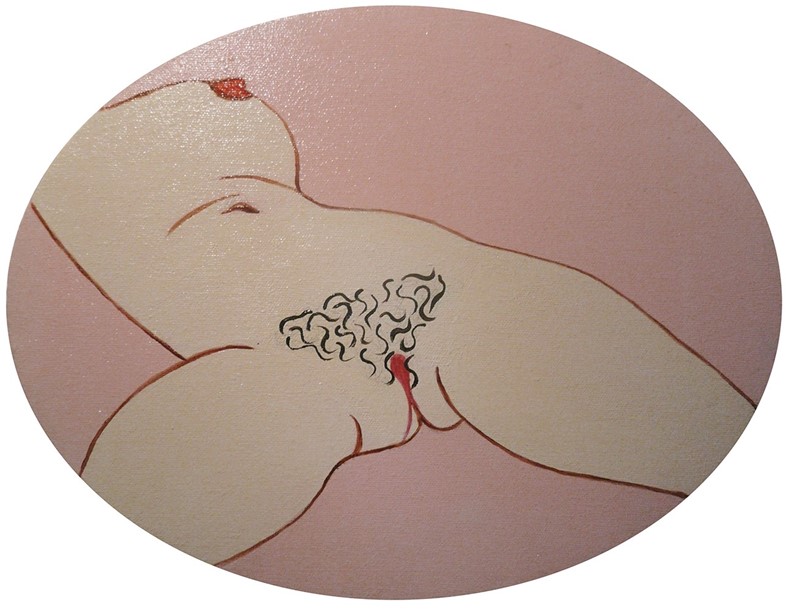
On navigating the visibility bias of female bodies…
IC: “While curating the show I felt it was crucial to include works that addressed this. I felt in order for the exhibit to be powerful, it was important to present works not just with the point of view of one female artist, but of many, each with their own set of personal experiences and history. The selection of artists in the show has a very international range, with artists from Russia, Chile, France, Poland, the US and Canada. I also felt strongly about it being a multi-generational exhibit, featuring works by younger female artists as well as more mature female artists with their own perspective and experiences. Several of the artists align themselves with the LGBT community. Many of the artists were also inspired by ethnically diverse subjects in their works: artist Sophia Wallace, for example, features Jiz Lee, a gender queer porn star, in one of her pieces, while in another, from her series Truer, she presents a portrait of herself with her lover, who is wearing boxer shorts and a breast binder. Definitely not the average nude, or traditional female body type one might be used to seeing. In her photograph Keep Your Fat Under The Table, artist Lynn Bianchi presents a parody on the obsession in our culture with staying skinny. Many of the other works in the show explore different body types, ethnicities, and challenge taboos of our culture with regards to the body and functionalities of being a woman.”
Coco Dolle: “Our western standards of beauty have indeed been conditioned by thousands of years of art history, books and media. Now we are further challenged by our pervasive and prevailing digital culture; it is unlikely that we are done with re-defining how the body ought to be seen. We might still be governed by the mass media, although I believe that thanks to the Internet, there is a growing, consciously collateral movement that is ready for more divergent thinking. It won’t develop into the mainstream within our lifetime, yet it is working its way into larger communities. Therefore, it is important we continue to raise our voices. We, as the new generation of feminist artists, need to keep being visible, using all the digital tools to make these works available to a wider audience for the next generations to come, and on an international level. The white, normative, slim hierarchies of the body are still prevailing, although there is a strong determination to change these views within our capitalist world; even the fashion industries understand the shift by advertising their brands with plus-size models. There are many talents and curators addressing these issues today. In our group exhibition we offered that potential by selecting a variety of female artists from intergenerational, international and intersectional perspectives.”
In The Raw: The Female Gaze on the Nude runs from May 3 – 21, 2016 at Untitled Space, New York.
